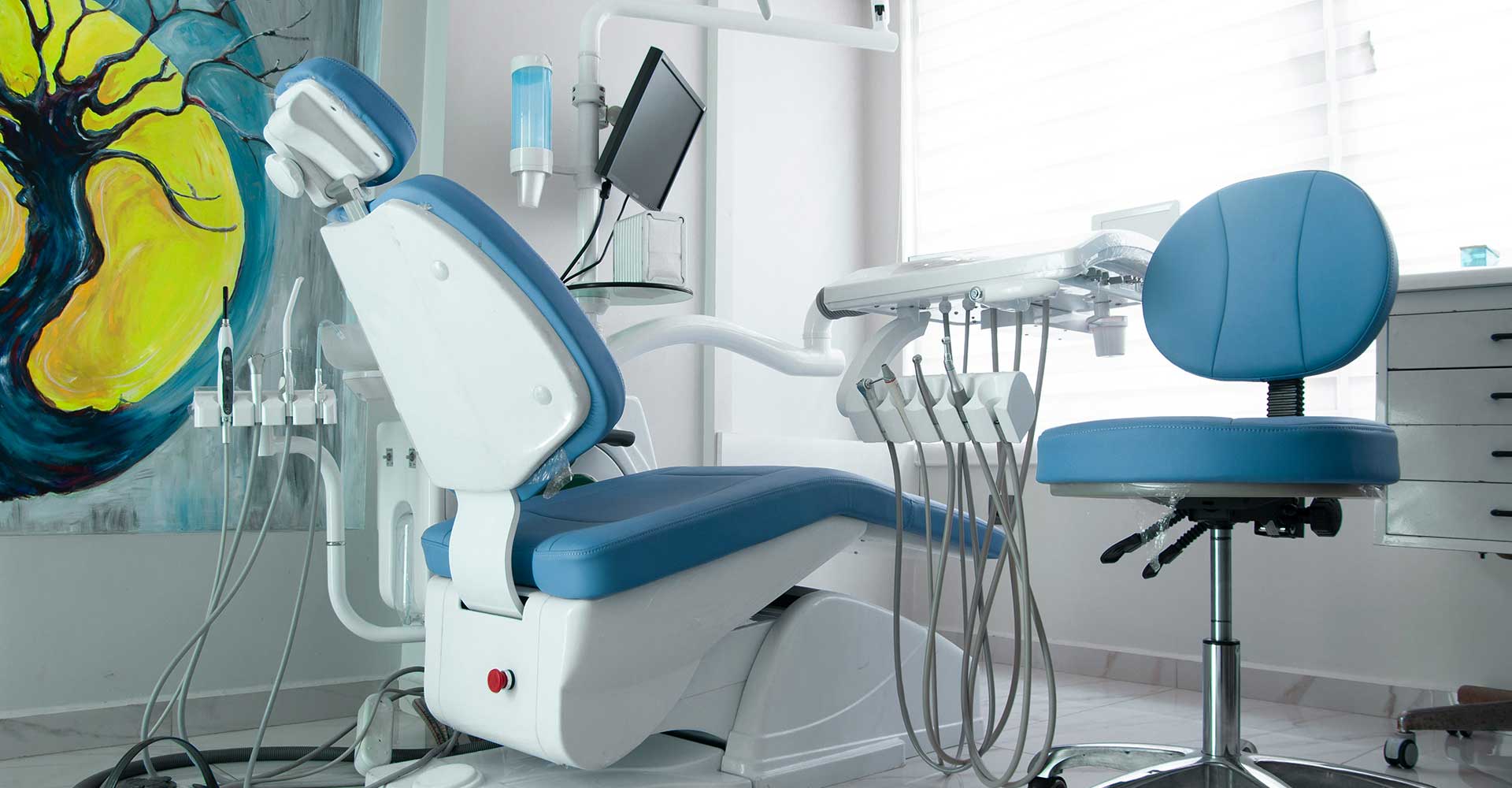Two years after the collapse of Silicon Valley Bank and Signature Bank, which triggered concerns about regional banks’ commercial real estate loan concentrations, financial institutions are successfully reducing their problematic debt holdings.
For example, Community Stabilization Partners (CSP) took over managing part of Signature Bank’s portfolio in 2024 and attempted working with borrowers to resolve delinquencies and bring loans back into good standing. Failure has led CSP to force the sale of eight buildings, “alleging defaults on $76 million worth of loans.”
CSP released a statement recently that said, “This [action] is part of our larger effort to preserve affordability and improve the overall physical and financial health of the properties in the portfolio.”
How we got here
Historically low interest rates from 2020 to 2022 fueled a surge in CRE loans. In H1 2022, for example, the origination of over $315 billion in net new CRE loans was 172% more than H1 2021. When the Feds rapidly raised interest rates from near-zero to combat inflation, properties that were financed during the low-rate environment suddenly faced much higher debt service costs upon refinancing.
Certain commercial property types, especially office buildings, experienced substantial value deterioration due to changing work patterns during the COVID-19 pandemic, with remote work reducing demand for office space. Regional banks, in particular, carried significant concentrations of CRE loans on their balance sheets, increasing their vulnerability to sector-specific downturns.
Once Silicon Valley Bank and Signature Bank collapsed, analysts worried other regional banks with heavy CRE exposure might face similar fates if property values continued declining. Given the scale of CRE debt across the financial sector, some feared widespread defaults could trigger broader economic instability.
Analysts warned that as many loans originating during the low-rate era approached maturity, they would create a ‘wall of maturities’ requiring financing at much higher rates.
Challenges in the office and multifamily sector
Bank-owned CRE debt delinquencies decreased slightly to 1.99% in Q4 2024, marking the first reduction since 2022, even as commercial-backed mortgage securities (CMBS) delinquencies rose to 6.57%. Loan volumes for office buildings increased 90% to $17.7 billion. However, net charge-offs increased by 20 basis points, primarily from $1 billion in office debt write-downs not reflected in delinquency data. The number of loans internally flagged as higher risk is also growing.
Multifamily delinquencies hit 75% YOY to about $2.8 billion. In December 2024, over $38 billion in CMBS loans were delinquent — a 41% increase from Q1 2023. The largest loans becoming delinquent? Bundled portfolios.
By the numbers
As the Fed began raising rates, banks largely retreated from the market, with private credit filling the void. This reduction in new lending, which occurred when rates began climbing, is helping to maintain lower bank loan delinquency rates today. Banks tightened underwriting requirements and slowed or even stopped originations — a cautious approach that’s contributed to lower delinquency rates.
Despite widespread concern about the ability of regional banks to handle declining property values following these failures, new data indicate that these institutions are effectively managing the market downturn and removing older debt from their balance sheets. This progress has helped banks avoid the extensive distress that analysts predicted early in 2024.
New loan origination remains significantly lower than pre-pandemic levels, having declined substantially after regulatory scrutiny intensified and interest rates climbed. Between 2020 and 2022, when the Federal Reserve maintained a benchmark rate of 0%, substantial capital flowed from banks to finance new developments and acquisitions. The first half of 2022 saw banks provide $316 billion in net new CRE loans, 172% higher than in the first half of 2021.
Q4 2024 new loan origination reached $5.6 billion, marking the third consecutive quarterly increase, yet still representing only 41% of the average pre-pandemic volume. This data comes from one analytics company, which includes participating banks and captures approximately $7 billion in quarterly originations.
Shifting strategies
Debt being removed from banks’ portfolios primarily consists of long-term refinancing arrangements rather than short-term extensions that became common when investors expected borrowing costs to decrease more quickly. Banks have taken several approaches to address these challenges, including:
- Actively managing portfolios, identifying troubled loans early rather than extending them without addressing underlying issues.
- Using structured write-downs to take controlled losses on problematic properties to prevent escalation into larger problems later.
- Requiring additional equity when working with borrowers on refinancing or extensions to ensure appropriate loan-to-value ratios are maintained. Discussions about loan extensions often now begin with questions about additional capital contributions from owners. While they’re willing to collaborate with borrowers, lenders also expect borrowers to put more skin in the game.
- Tightening underwriting standards by becoming more selective about new CRE lending and focusing on stronger borrowers and properties with stable cash flows.
- Expanding diversification efforts by reducing their concentration in CRE, particularly in vulnerable sectors like office buildings.
- Pushing for more comprehensive refinancing solutions that address the fundamental economics of the properties, rather than simply temporarily extending troubled loans.
What’s next
Q1 2025 has seen larger U.S. banks cautiously reactivate lending for commercial properties. Banks remain risk-averse, but as Dianne Crocker, research director at LightBox, said, “Commercial real estate lenders are being challenged to strike a balance between opportunity and risk in a market that’s turned volatile, fast. Until there’s more clarity on tariffs and interest rates, banks will exercise extreme caution in deploying debt capital.”
Wells Fargo reported a drop in charge-offs to 16bps of average loans, with the office sector still the most challenged. S&P Global’s analysis “suggests that the threat to bank credit quality from CRE loans is easing.”
From June 2023 to February 2025, rated banks saw just incremental declines in their CRE portfolio quality. This measured improvement in risk profile is allowing some institutions to cautiously resume certain lending activities and help with refinancing requests at levels not seen for the past couple of years. The shift doesn’t necessarily indicate a comprehensive recovery in lending markets but does represent a targeted re-entry by banks that have cleaned up their balance sheets. For property owners and investors, this evolution may translate to greater capital availability for assets with lower or stable risk profiles.
The Appraisal Index reached 59.8 in Q1 2025, suggesting banks are re-engaging in CRE lending. Crocker said, “The Q1 rebound reflects a meaningful shift — that banks were slowly resuming loan originations, with demand for valuations ticking back up. Each month in Q1 saw growth YOY, but the pace of increase slowed in March, suggesting lenders could be assuming a more cautious stance.”
The theme of Q1 2025? Risk awareness, not risk appetite; discipline, not growth. CRE lending continues, but lenders are prioritizing existing relationships and low-risk ventures. Borrowers and investors with reliable tenants, consistent cash flow, and moderate leverage will still have access to financing. Those with less stable tenants or limited cash flow may face challenges in securing funding for new acquisitions or refinancing maturing loans.
Are you a commercial real estate investor or seeking a specific property to meet your company’s needs? We invite you to talk to the professionals at CREA United, an organization of CRE professionals from over 90 firms representing all disciplines within the CRE industry, from brokers to subcontractors, financial services to security systems, interior designers to architects, movers to IT, and more.

